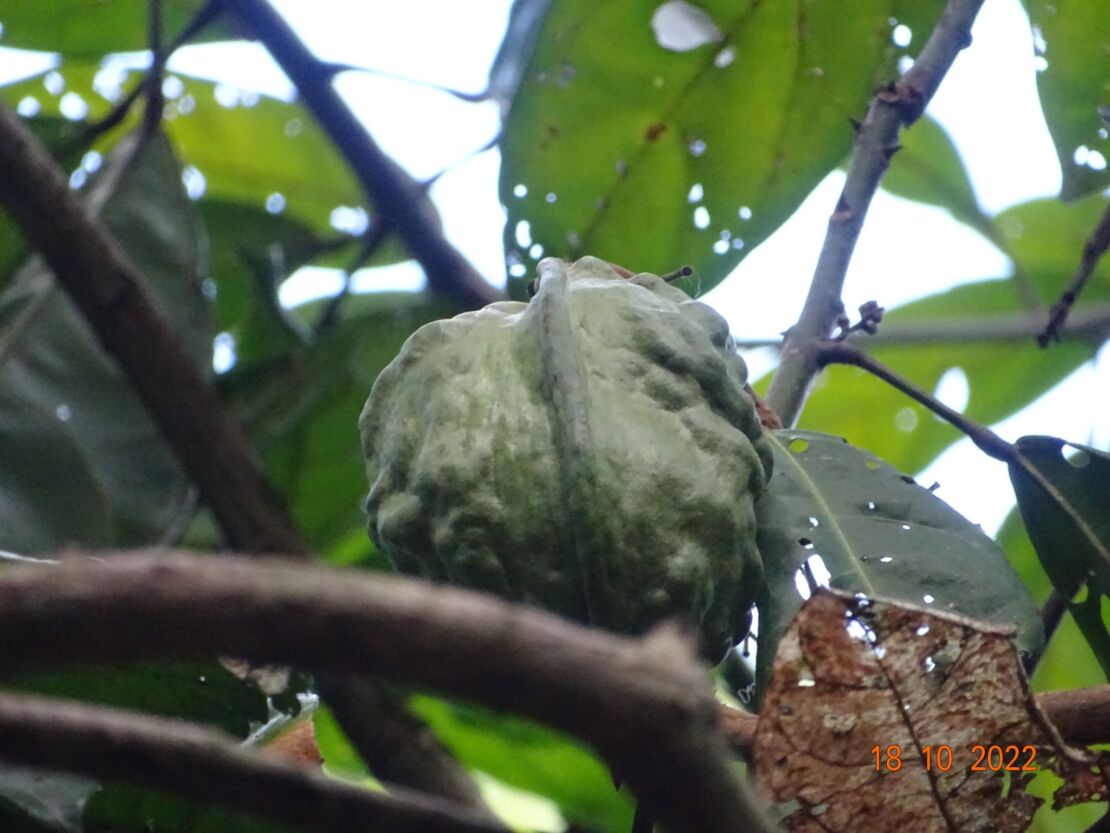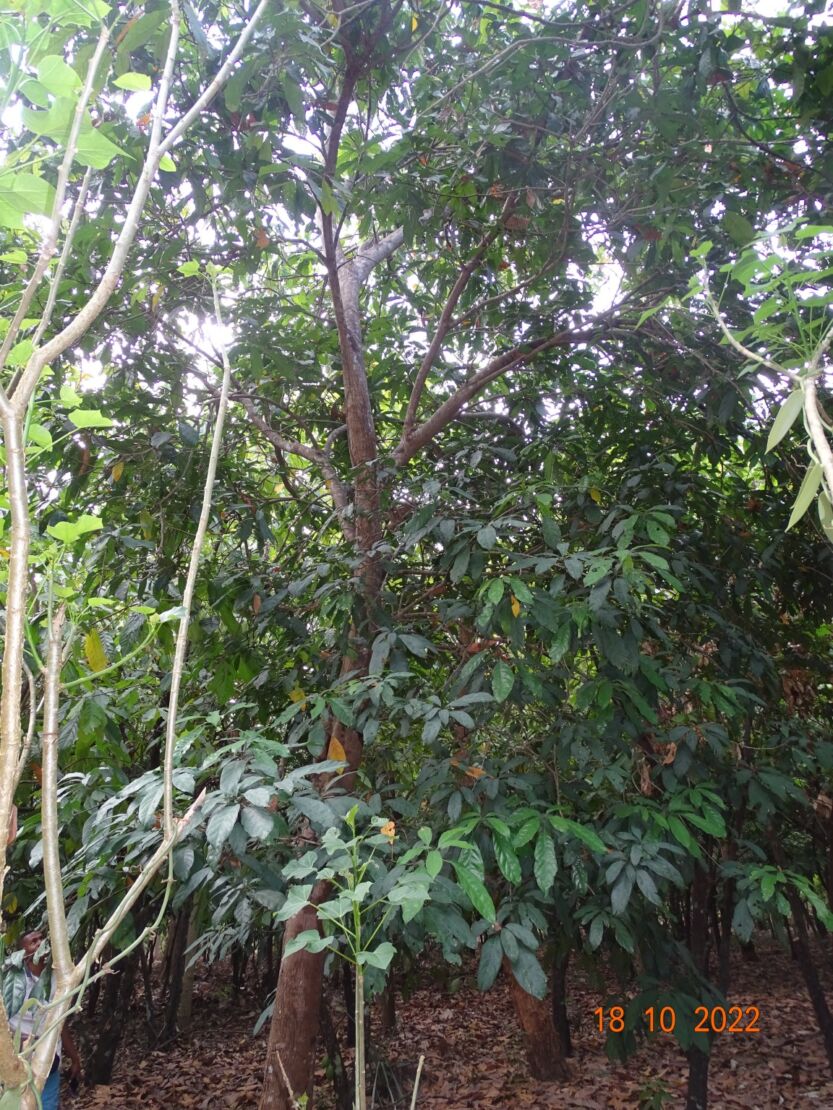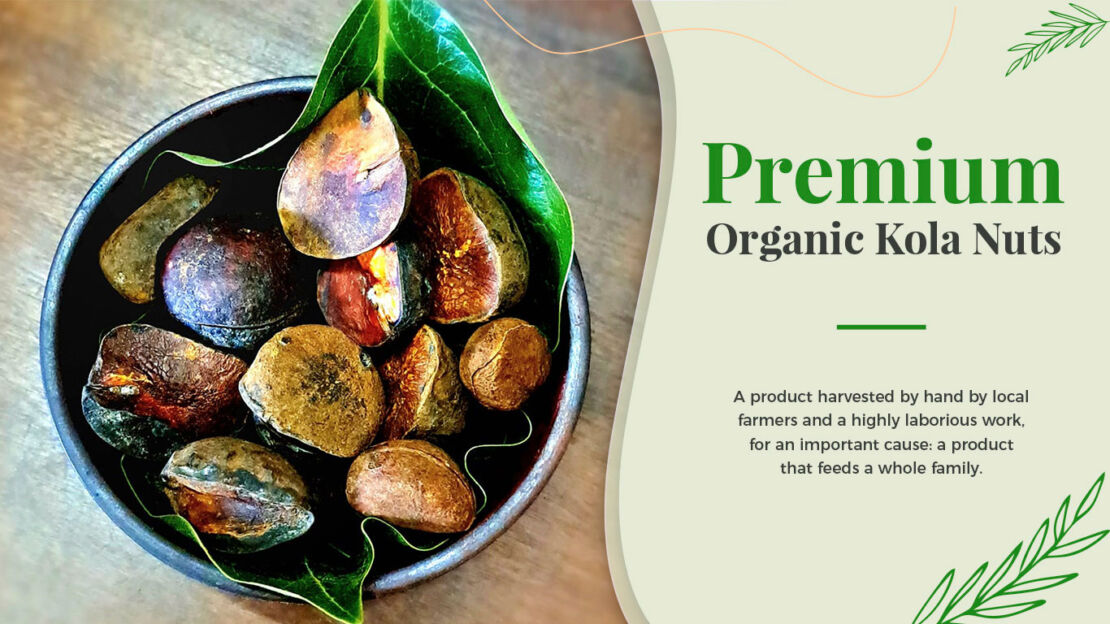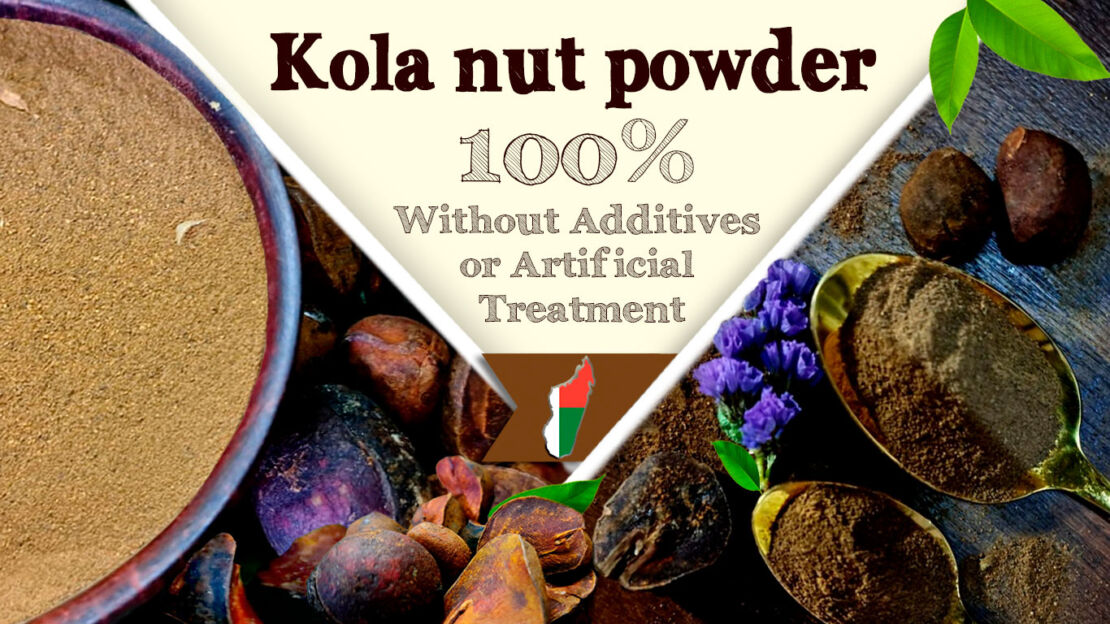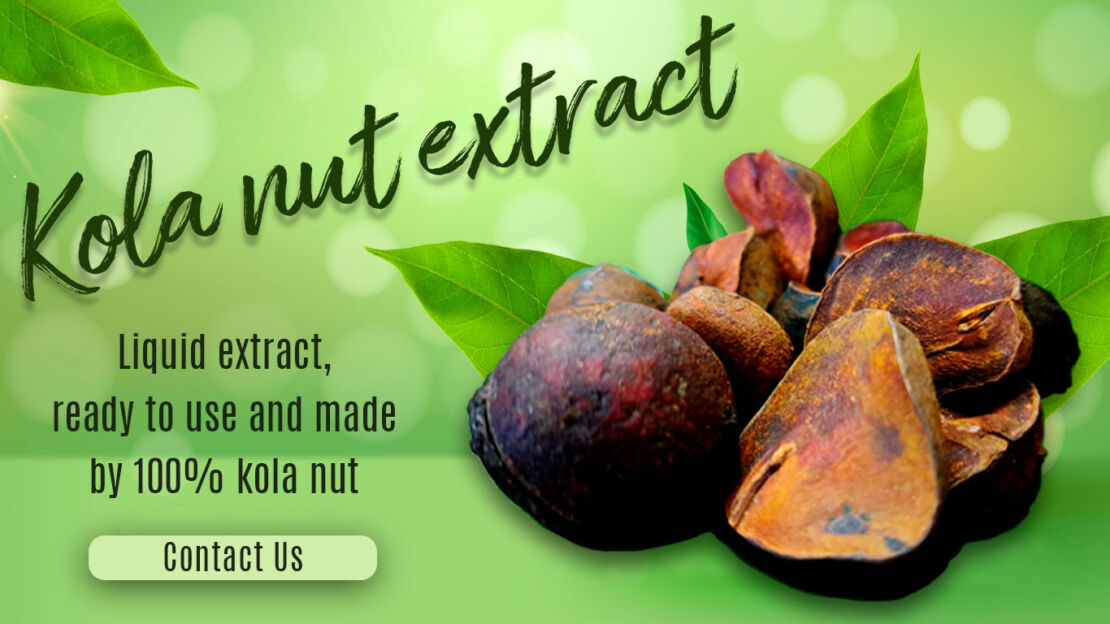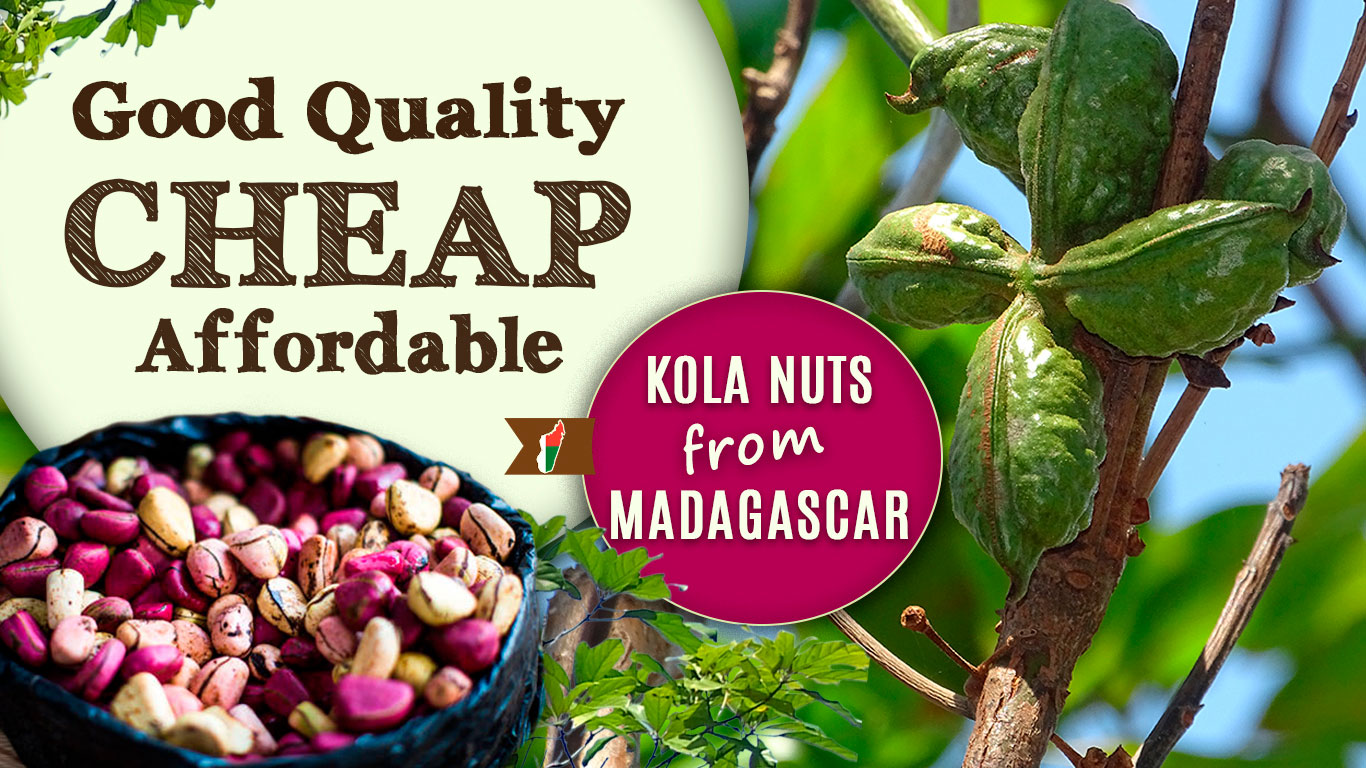The kola nut is a fruit from a large tree up to 15 to 20 meters long, with very persistent oval foliage. There are several species of kola, but the most cultivated species in Madagascar are the Cola nitida and the Cola acuminata. This tree is mostly cultivated in cacao or coffee fields. From its flowers, we obtain the fruit in a star-shaped pod. Breaking the pod, we get our nut but still coated in a white fiber, after this step we proceed to the cleaning, by sorting the best nut and peeling the white skin to have the fresh fruit already ready to eat.
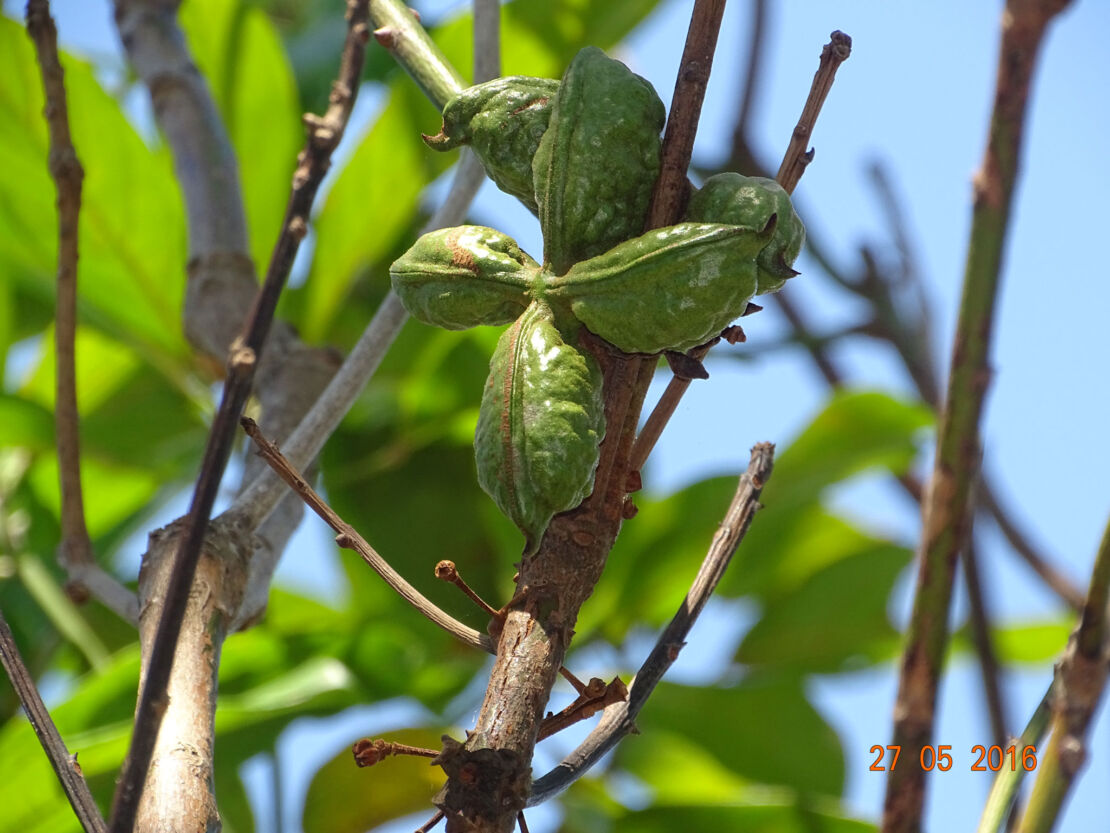

The fruit gives a very floral and sweet smell. Being fresh, the fruit does not keep very long, so our process continues by drying the kola in the sun until the right level of humidity is reached. In daily life, kola is often consumed for its virtue against tiredness and its stimulating effect. Its consumption is done by chewing the nut which gives a bitter taste at the beginning, softens over time, and becomes sweet at the end. It is consumed as well in juice mixed with other ingredients like ginger according to your taste. This stimulating effect comes from its composition in high content of caffeine and another stimulant called theobromine. However, it is used a lot in phytotherapy, for the treatment against fatigue, overwork, asthma, headaches, migraine and even weight loss.
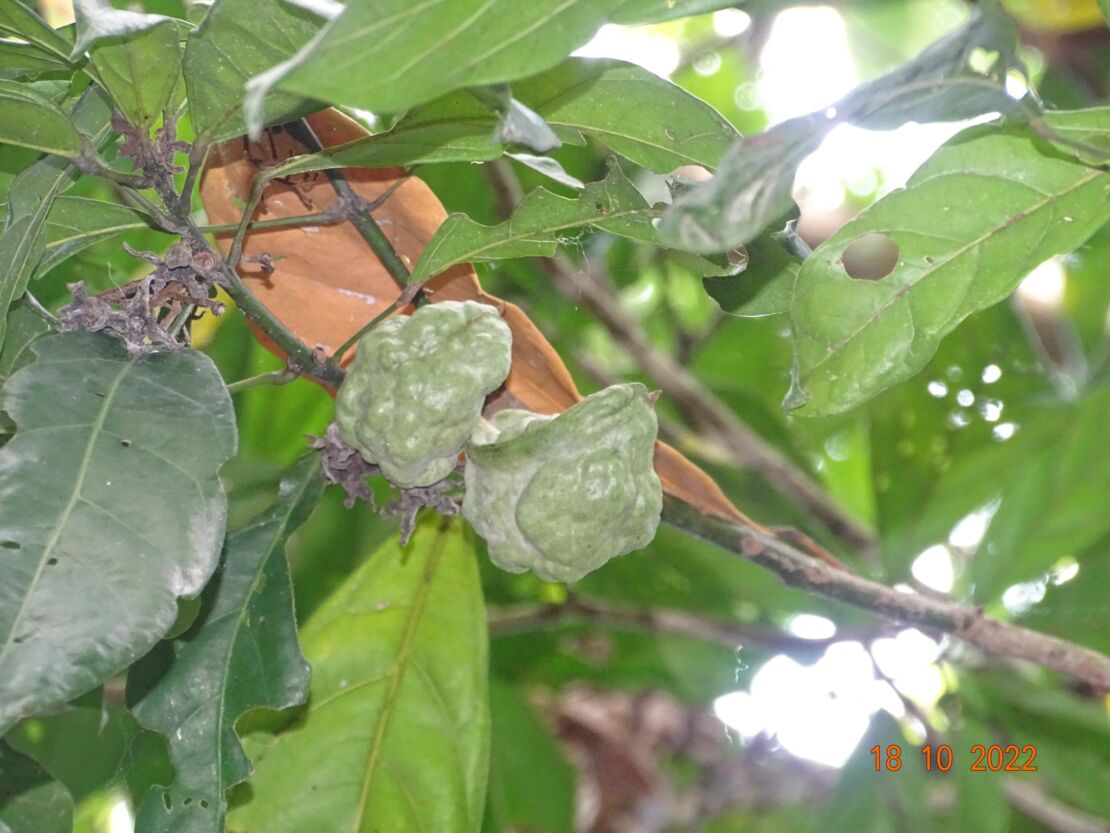
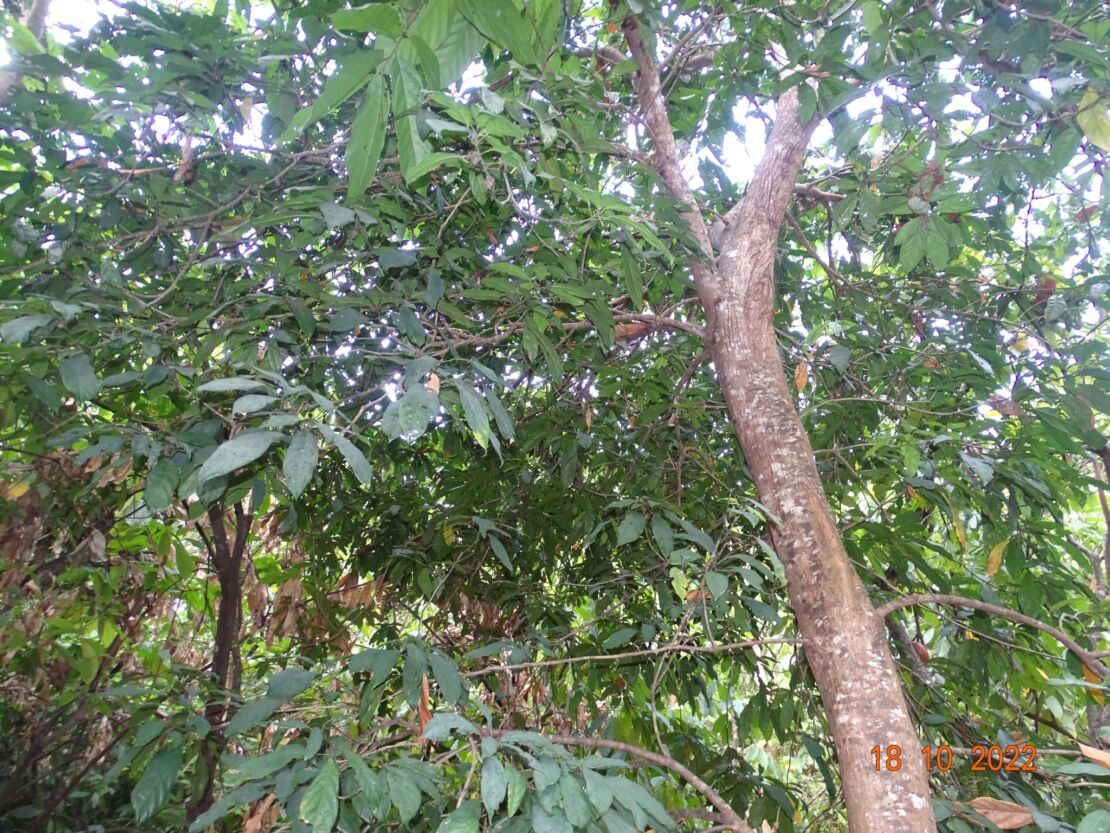
Originally from the tropical forest of West Africa, the kola nut grows very well in the hot and humid climate, as in some regions of Madagascar. In our case we produce our Kola nut in the northwestern part of the country in the fields of cocoa and coffee. The Kola nut is anchored in African culture. It has always been present throughout history as well as in certain religious or traditional practices. It is considered as a spiritual fruit used as a sacred offering during important ceremonies. The fact of consuming it for the African is a sign to restore vitality. Since then, the Malagasy people also adopted this culture by consuming it to fight against tiredness and appreciated the aphrodisiac effect of it. Around the 1800’s, a famous pharmacist from Atlanta known as Dr. John Pemberton made a mixture of coca leaf extract, kola nut extract with wine to create a drink. Over time he improved his recipe to create another non-alcoholic drink by removing the wine and adding sugar to create the famous Coca-Cola.
